Nothing beats a good near-fatal crash in your archetypical Hollywood car chase. CGI (computer generated imagery) can almost make it look authentic nowadays, and even in the pre-digital cinema age the best stunt coordination was so well choreographed (think Bullitt) that however perilous the car action looked on screen, behind the scenes the ‘jeopardy’ was tightly managed.
But one film-chase bucked that trend in a way that beggared belief, putting cast, crew and the public in mortal danger.

The French Connection, released in 1971, was based on the real-life story of two New York undercover cops tracking down a massive heroin shipment. Jimmy ‘Popeye’ Doyle and Buddy ‘Cloudy’ Russo (played by Gene Hackman and Roy Scheider) are NY’s finest, while drug boss Alan Charnier (Fernando Rey) struggles throughout to stop his hit-man Pierre Nicoli (Marcel Bozzuffi) taking pot shots at the law to prevent them from finding the cache.
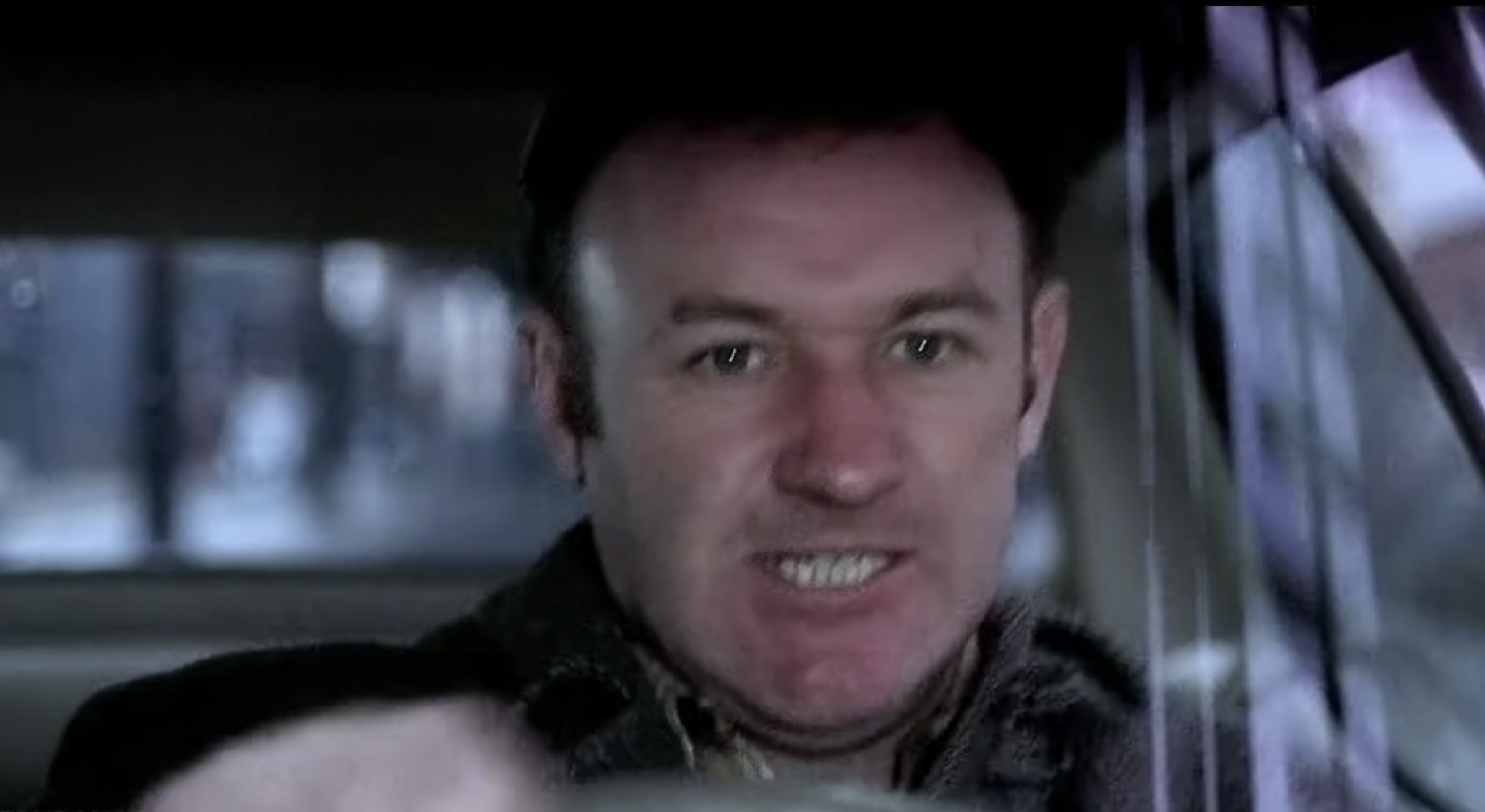
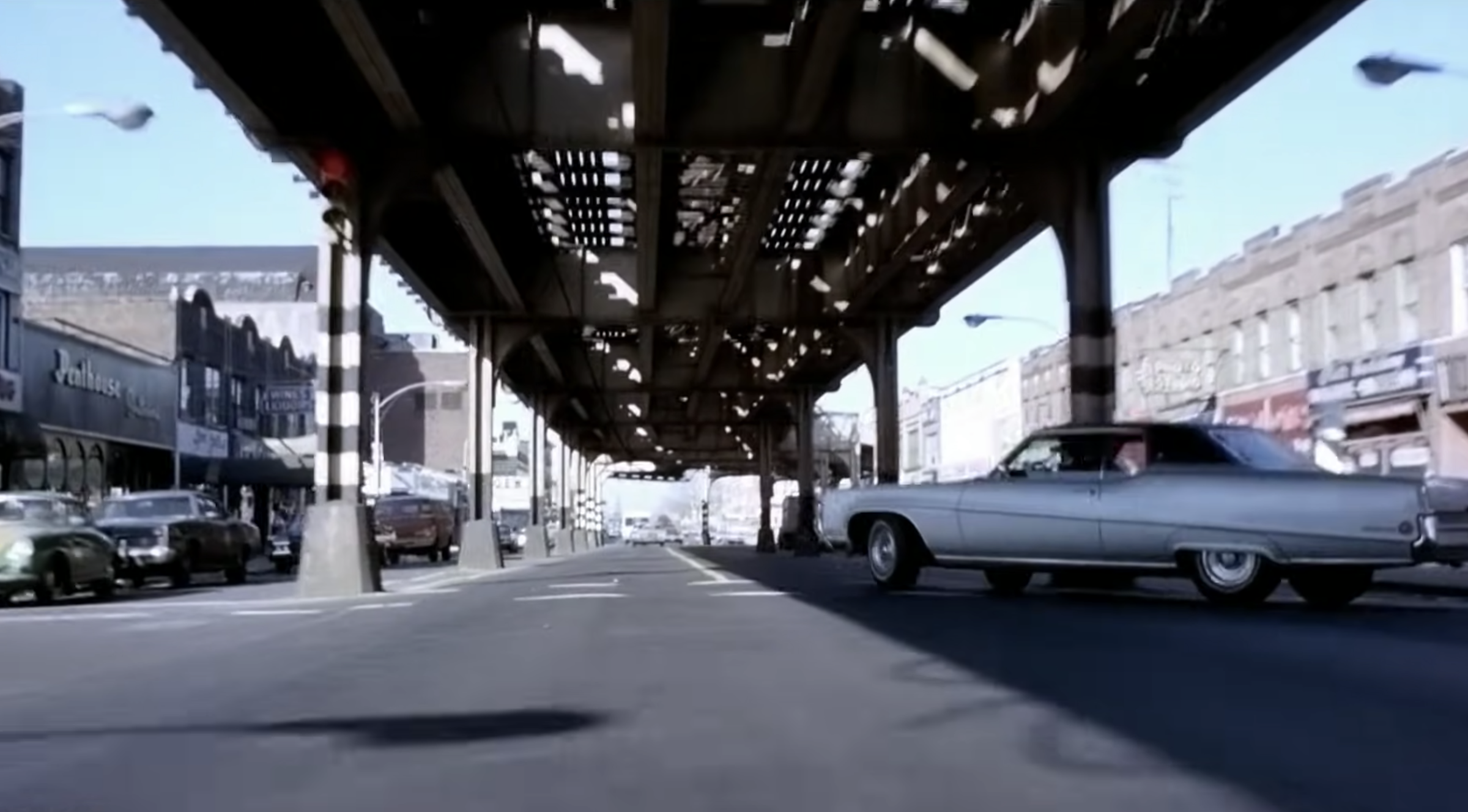
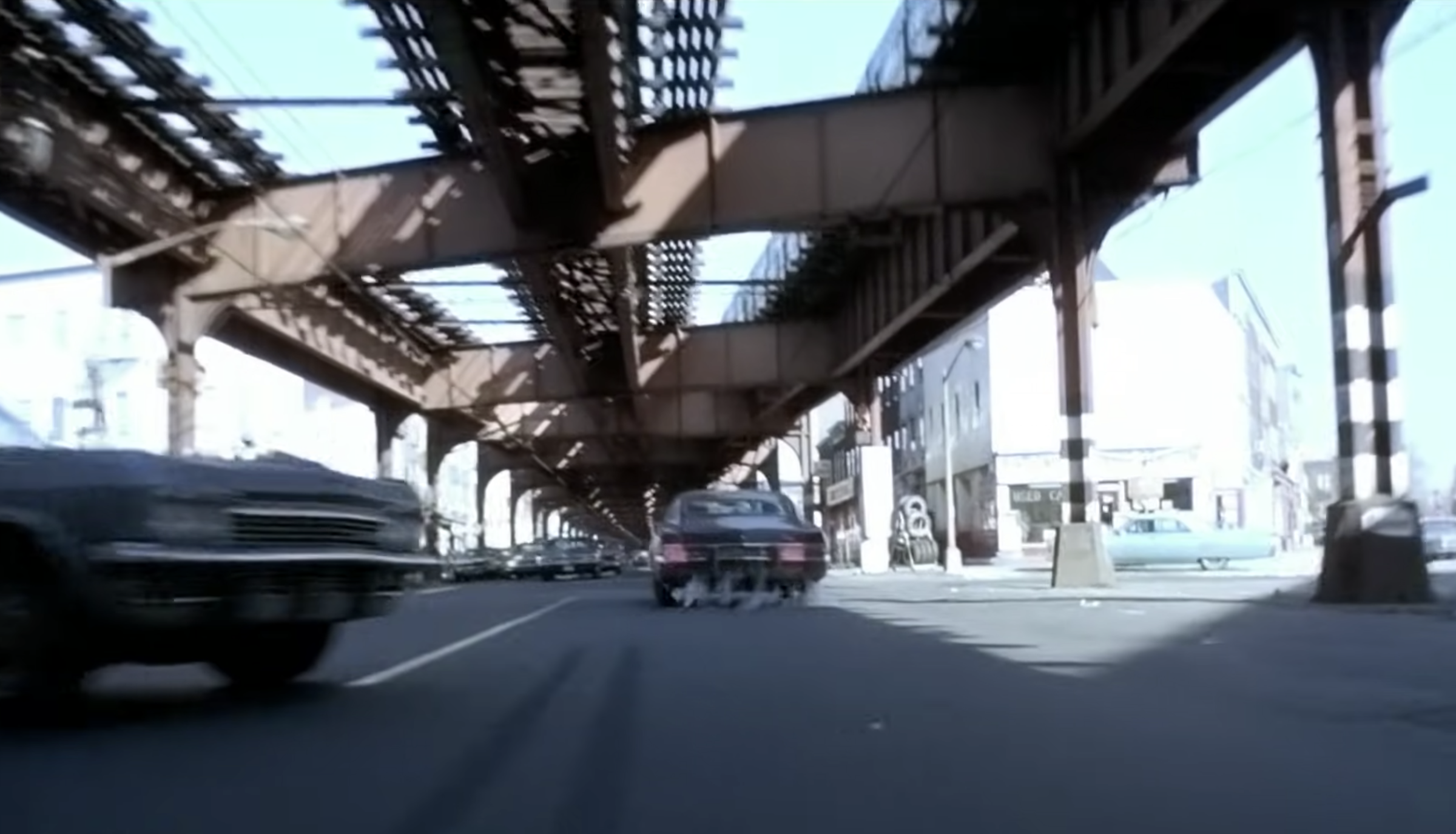
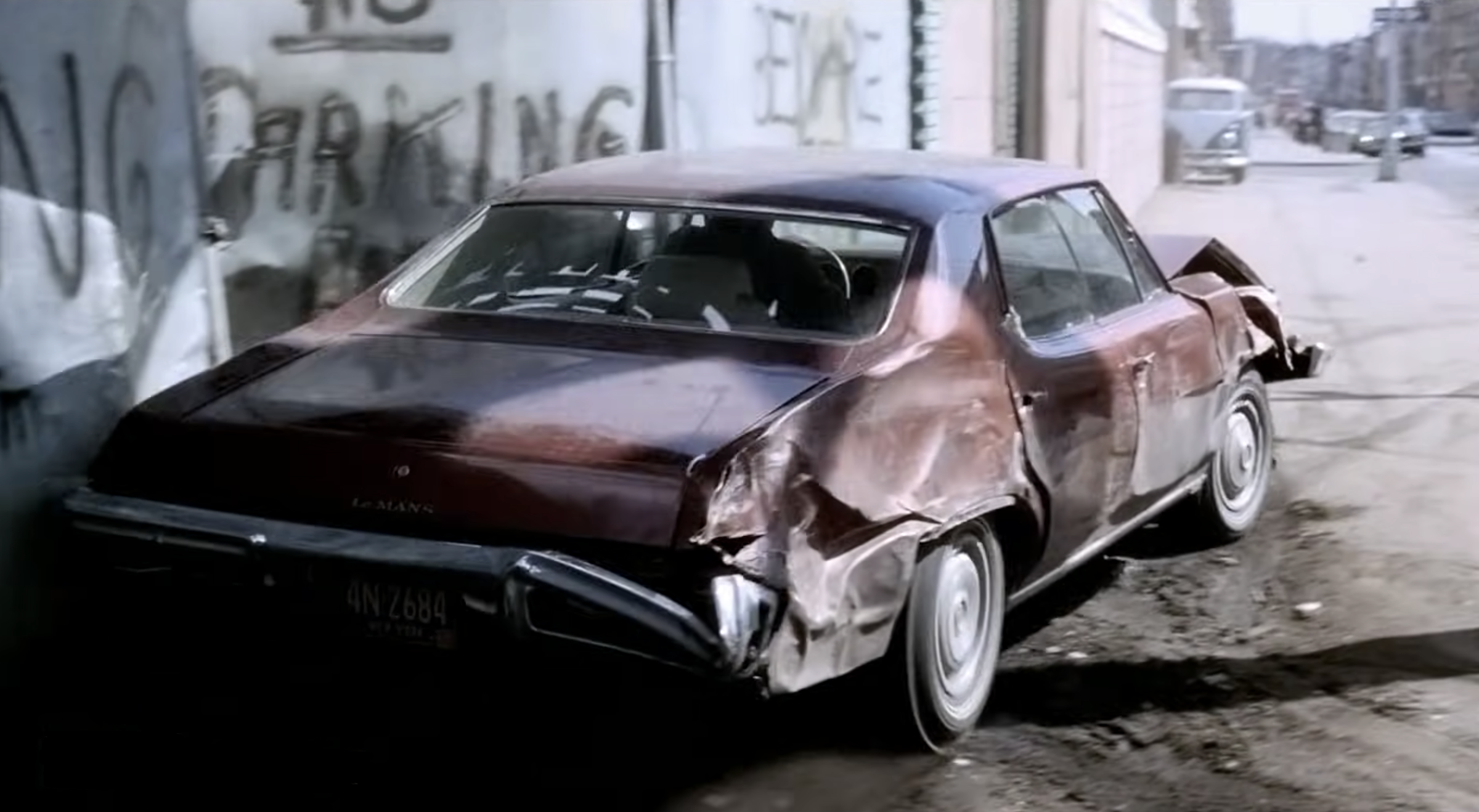
The film’s six-minute signature chase sequence, with Doyle hunting down Nicoli, was the brainchild of director William Friedkin, who wanted to capture New York’s “big-city energy”, he told Cinematographers on Cinematography. What makes this chase quite unique is that Doyle, in a hijacked 1970 Pontiac Le Mans (complete with 4-speed manual ‘box, no less) has to motor through 26 crowded city blocks to pursue Nicoli as he travels on Brooklyn’s elevated railway. With the train maxed out at 50mph, “…a guy running at more than 50mph could catch the train,” said Friedkin. Problem was, that the Pontiac had to hit nearly twice that speed travelling under the ’L’ to keep up with it.
And that created more action than was ever intended. As the sequence alternates between Doyle’s Pontiac and what becomes a runaway train, after the driver passes out when Nicoli threatens him at gunpoint, the tension is incredible. Driving into oncoming traffic, hand constantly on the horn, running red lights at each junction, the Pontiac becomes a high-speed battering ram. A white Ford LTD meanders into its path at one point and is brutally dispatched, both cars’ bodies mauled by the encounter.
But there’s no let-up. With one camera mounted low on the Pontiac’s front bumper heightening the sense of speed, and two more in the car picking up a driver’s view of the ensuing carnage, along with cutaways through the windscreen of the out-of-control train on the tracks above, Friedkin systematically grows the drama minute by minute.
In reality, what you see in the final cut was a second attempt at the chase, the first looking quite tame in the rushes. Friedkin had asked legendary stunt driver Bill Hickman (Bullitt, The Seven-Ups) how he could improve it. “Put the car out there under the L tracks tomorrow morning at eight-o-clock,” said Hickman. “You get in the car with me, and I’ll show you some driving!”
“We went 26 blocks at 90mph, and there was absolutely no control,” Friedkin later admitted. “We had no police control, we didn’t stop cross traffic, we didn’t stop pedestrians from crossing the street. And the only thing that got us through the traffic was (that) we had a gumball (a flashing light) on top of the car and a police siren. All the crashes that occurred were accidental; we had a few ‘bumps’ that weren’t supposed to happen…(but) it was irresponsible. Thank God no one was hurt.”
In fact, with the help of two off-duty policeman, attempts were made to clear five blocks in each direction, literally minutes before Hickman and Friedkin’s Pontiac careened under the tracks (look closely and you can see crew chasing terrified onlookers from the path of Doyle’s car). The T-boned LTD, driven by a local resident on his way to work, was just one innocent victim the film company had to later reimburse – though even some of the film’s pro-drivers were hit by the Pontiac unintentionally, too.
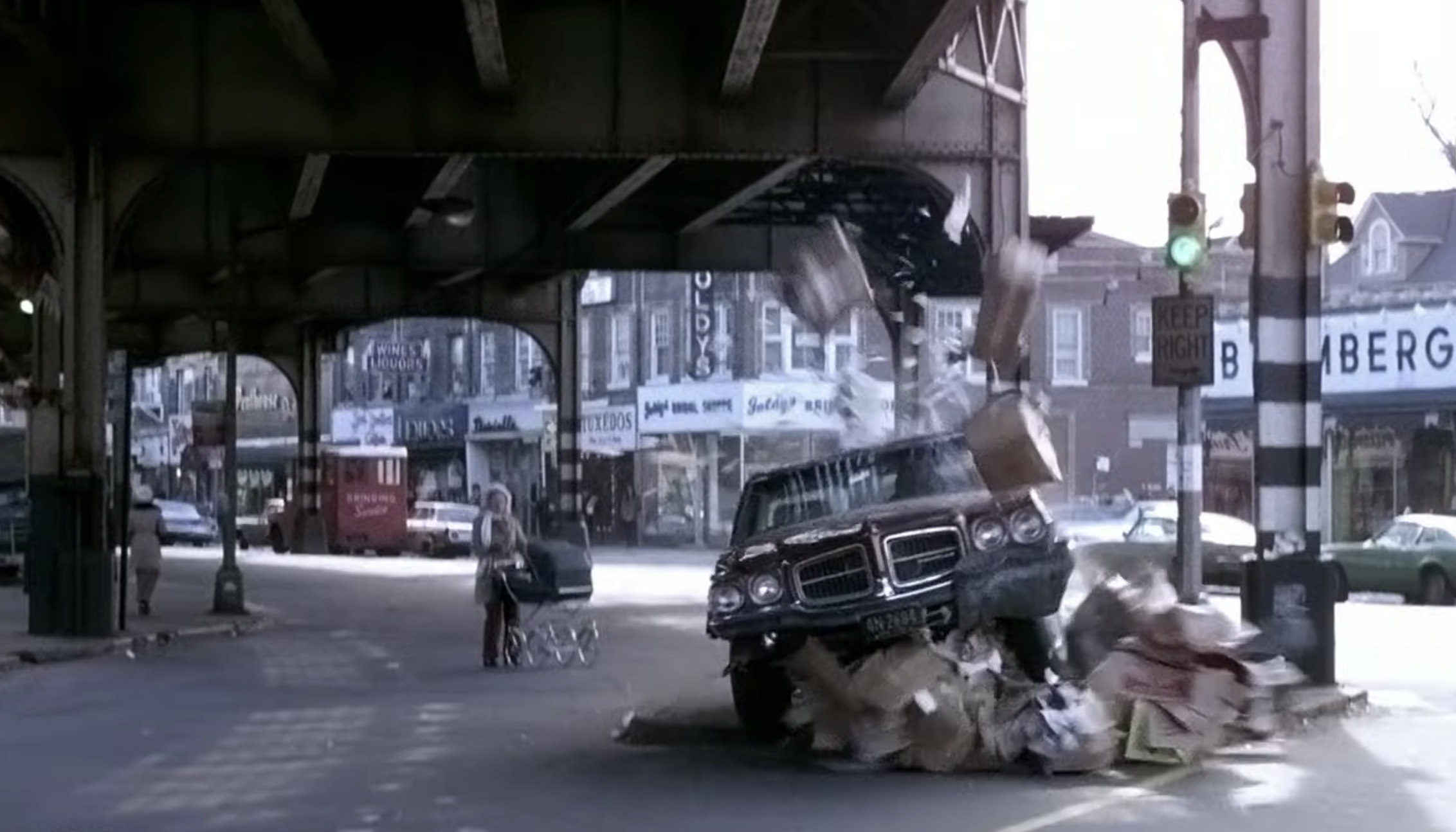
One ‘gag’ that was scripted was when Doyle swerves to avoid a young woman pushing a pram across an intersection. Clever camera angles make the near-collision look closer than it was, but the aftershock as the Pontiac takes off over a traffic island and through car-high pile of trash has become the defining image from the chase.
Doyle’s car is unrecognisable as a Pontiac when the train’s brakes are automatically triggered and he’s able to catch up with his quarry, shooting him dead on the station’s steps. Every panel is mutilated, and the thought that a majority of that damage was ‘accidental’ during the unscripted, unpermitted drive through congested Brooklyn streets is unnerving to say the least.
All the same, it did no harm to the film’s fortunes. The year after it was released, The French Connection won Best Picture, Best Actor (Hackman) and Best Director (Friedkin) at the Academy Awards, and its car chase is now lauded as only second to Bullitt’s in the final reckoning. Perhaps the risks were worth it, after all…
Read more
Vanishing Point mixed free love and full-throttle driving to deadly effect
Smokey and the Bandit propelled Pontiac’s Trans Am to stardom and sales
How Ronin out-drove other action films









